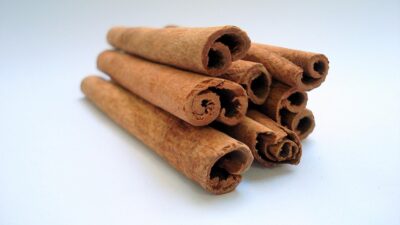Sculpting Your Dish: An Exploration of Texture and Color in Plating
In the culinary world, the foundation of a great dish goes beyond its flavor; it also resides in its visual appeal. Plating is an art form that combines aesthetics, texture, and color, inviting diners to experience food not just through taste, but through sight and touch as well. In this article, we delve into the intricacies of plating, offering insights into how texture and color can transform a simple dish into an extraordinary culinary masterpiece.
The Importance of Plating
Plating is the final act in the culinary process, much like a painter adding the finishing touches to a canvas. It’s an opportunity for the chef to express their creativity, tell a story, and engage patrons’ senses before they even take their first bite. A well-plated dish can heighten anticipation, reflecting the care and thoughtfulness behind each ingredient.
Texture: The Unsung Hero
Texture often plays a pivotal role in plating, contributing to the overall dining experience. A layered approach—combining crunchy, creamy, chewy, and silky textures—can add depth to a dish. Here are some ways to thoughtfully incorporate texture into your culinary creations:
-
Contrasting Layers: Utilize techniques like layering to enhance the textural experience. A risotto topped with crispy fried shallots offers a delightful contrast, creating an inviting interplay between creaminess and crunch.
-
Play with Temperature: Serving elements at varying temperatures can also amplify textural sensations. A chilled soup garnished with warm croutons introduces a fascinating dynamic that elevates the dish.
-
Garnishes and Accents: Textural garnishes, like microgreens, toasted seeds, or spiced nuts, can add an immediate pop of contrast to soft or creamy dishes, providing a satisfying crunch that balances the overall experience.
- Interactive Components: Consider adding elements that invite interaction, like a side of crispy chips or a small jar of flavored oils or vinegars. This shifts the diner’s focus back to the plate, fostering engagement.
Color: The Visual Symphony
Color is perhaps the most noticeable aspect of plating, evokes emotions, and excites the senses. The harmonious blend of colors not only garners attention but can also hint at the flavors and ingredients present in the dish. Here are some techniques to effectively use color in your plating:
-
The Color Wheel: Utilizing complementary and contrasting colors can create visual interest. For example, a vibrant golden beet salad dressed with deep purple microgreens not only looks stunning but also communicates freshness through color.
-
Seasonal Palettes: Reflecting seasonal colors can enhance the theme of your dish. Spring dishes might incorporate fresh greens and vibrant pinks, while autumn plates may boast warm oranges and earthy browns. This connection to seasonality adds layers of meaning to your creations.
-
Plate Choice: The background against which you present your food also impacts color perception. A bright white plate makes colors pop, while a darker plate can create a more dramatic or sophisticated atmosphere. Choose wisely to amplify the dish’s aesthetic appeal.
- Layering Colors: Arranging ingredients in colorful layers or patterns can be visually captivating. A parfait of yogurt, granola, and mixed berries not only showcases vibrant hues, but it also invites appreciation of the individual components.
Creating a Narrative
Each dish has a story to tell—through its ingredients, textures, and colors. The way you plate can amplify this narrative. Think of your dish as a storytelling canvas where each component contributes to the larger story.
-
Conceptualization: Start by conceptualizing the theme or message behind your dish. Is it celebrating a local harvest, paying homage to a traditional recipe, or showcasing modern techniques? Once you establish your concept, think of how color and texture can convey that narrative.
-
Focal Points: Establishing a focal point can guide the eyes and help in presenting the narrative. Use contrasting colors or particularly interesting textures to draw attention to this section of the plate.
- Balance and Symmetry: Striking the right balance between the different elements on the plate promotes harmony. While asymmetry can create dynamic interest, too much chaos can detract from the overall experience.
Final Thoughts
In the end, plating is not just about how food looks; it’s an integral part of the dining experience that can enhance flavor perceptions and evoke emotions. By skillfully combining texture and color, chefs can create dishes that are not only delicious but also visually striking, inviting diners to explore their culinary creations on multiple sensory levels.
As you strive to sculpt your dishes into works of art, remember that every plate tells a story, and it’s up to you to make it a masterpiece. Use texture and color as tools in your culinary arsenal, and watch as your creations come to life, tantalizing both eyes and palate alike.



